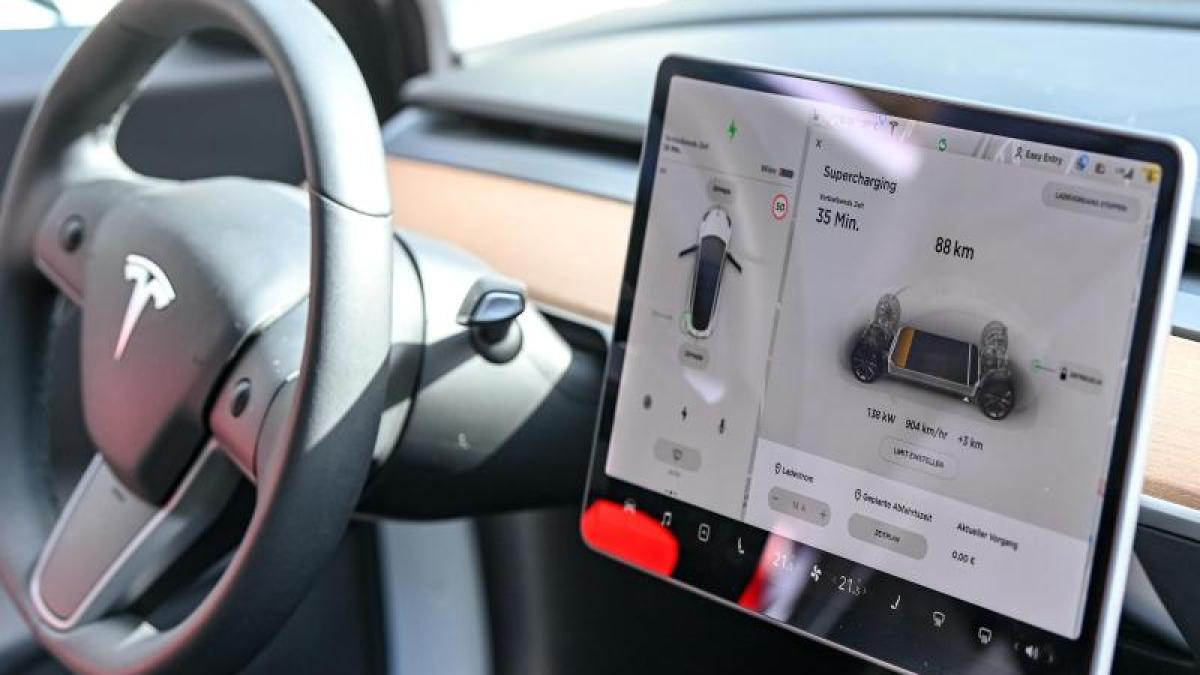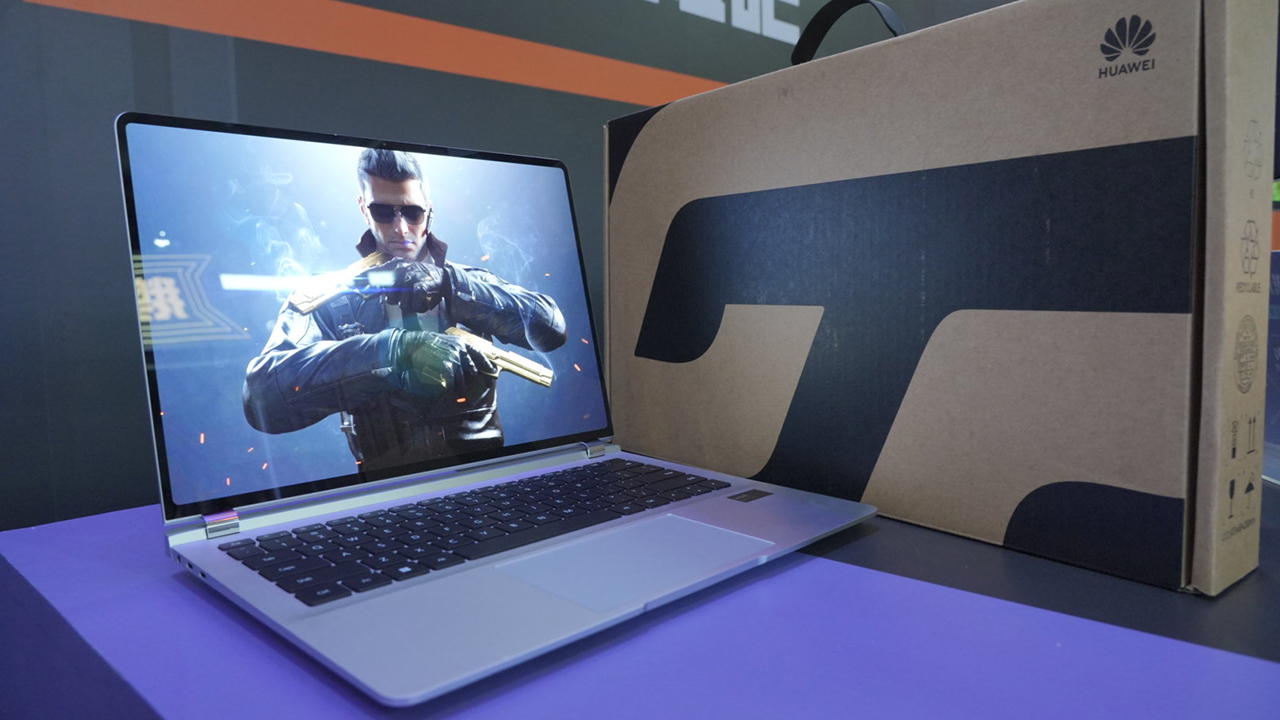NSünchen (dpa) – «System update available». Over 140,000 ID.3 or ID.4 owners will be able to read this information on their vehicle’s display in the coming weeks. Update 2.3 is not just a simple update to the navigation software or infotainment system.
Thus, Volkswagen is deeply involved in the operation of the car’s electronics without VW customers having to go to the workshop. The update is downloaded via a built-in cellular connection, just as it is used from a smartphone. Other manufacturers also use WiFi connections for their updates.
For Tesla, over-the-air (OTA) software updates are old hat: Since 2013, the California electric car pioneer has gained experience distributing wireless software. In addition to pure bug fixes, Tesla also uses OTA updates to improve performance for free. You can also book additional functionality online, such as the “autopilot” assistance system, for a fee.
Not only did Tesla discover good business here
Manufacturers like Audi are also enabling on-demand functionality. This includes matrix LED headlights, high beams, parking assist or additional online-activated navigation functions. Management consulting firm McKinsey estimates that OT updates also make product recalls unnecessary and can save billions in costs.
Sometimes, software updates and improvements can also cause real problems. This doesn’t just apply to the diesel scandal, where Volkswagen and other manufacturers circumvented legal limits values for automobile exhaust fumes with mostly illegal tampering. Tesla software updates aren’t just a success story either. After the update in 2019, Tesla drivers accused the American group of reducing the range of certain models. In addition, load times have increased without informing customers of the consequences of the update. Tesla justified this by the need to “protect the battery and improve battery life”.
OTA updates are no longer reserved for e-car specialists like Tesla or premium class cars. Even a Volkswagen Golf 8 has a cellular internet connection as standard for data exchange. In both directions: from the car to the manufacturer and back.
ADAC sees the danger of OTA updates that could entice car manufacturers to sell a vehicle that hasn’t been fully developed yet and only to covertly remove potential software bugs over time. “In 16 percent of recalls in 2018, defective software was the cause — and that number may rise in the future,” says Arnulf Thiemel, a technology expert at ADAC.
The Automobile Club calls for relevant updates to be provided throughout the entire vehicle service life. “We should not forget that cars remain in service for an average of ten to 15 years.” As per ADAC’s request, updates must be delivered free of charge to maintain full operational capability.
For key development stages such as the introduction of fully autonomous driving, not only a comprehensive software update is required, but additional hardware is also required. On the other hand, systems such as steering, brakes and power supply must be designed frequently, i.e. they must be twice available and thus safe from failures. In addition, most experts assume that additional sensors are needed. At least the pioneers of self-driving such as Google’s sister company Waymo or the specialist Mobileye from Israel, which belongs to the Intel group, rely on a combination of radar, lidar and cameras to ensure the impossibility of a complete system failure.
‘Generalized autonomous driving is a difficult problem’
On the other hand, Tesla boss Elon Musk believes he can handle a pure camera system. But it also shows Musk the complexity of the task. “Generalized autonomous driving is a difficult problem because it requires solving a large portion of real AI,” Musk tweeted when announcing a major update for Tesla. “I didn’t think it would be that difficult, but the difficulty is evident later on.”
It will be a long time before self-driving cars become available to private buyers. After all, last July the German legislator set the legal requirements for self-driving cars to allow them to move freely on roads with Germany at a maximum speed of 130 km / h.
Mobileye director Johan Jungfirth, who previously worked on the future of the car at Volkswagen, Apple and Daimler, expects two phases. “Next year we will start with the fleet of vehicles. These are automated taxis or shuttle vehicles. The focus will be on “push-a-button navigation” by 2025. » Then another phase will start from 2024, when self-driving will be introduced as a premium functionality for private cars. Then you will also be able to undo the steering wheel.” In the case of self-driving cars, a new form of entertainment software will also be required, because the occupants of the car no longer have to focus on traffic.
© dpa-infocom, dpa: 210905-99-99002 / 2
McKinsey-Studie “Unlocking the full lifecycle value of connected car data”

“Certified gamer. Problem solver. Internet enthusiast. Twitter scholar. Infuriatingly humble alcohol geek. Tv guru.”





